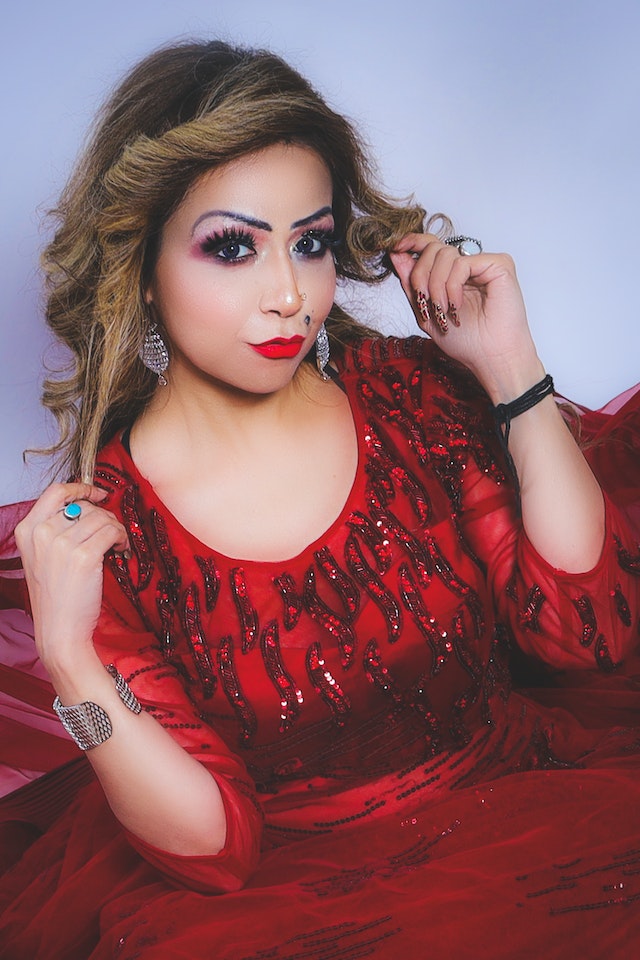In the digital age where vibrant, high-definition images dominate our screens, there’s something undeniably captivating about the charm of the past. One way to invoke a sense of nostalgia and give modern photos a classic touch is by using the sepia photo effect. This timeless technique, inspired by the brownish tones of aged photographs, adds a warm and sentimental aura to images. Join us as we dive into the world of sepia photography and explore its enduring appeal.
1. The Origin and Evolution of Sepia Photography
Sepia photography, named after the ink sac of the common cuttlefish (Sepia officinalis), gained popularity in the 19th century as a result of the limitations of early photographic processes. Before the advent of color photography, sepia-toned images were often created by exposing photographs to chemicals derived from the sepia ink sac, leading to the distinct warm brown hues we associate with vintage photos.
2. Evoke Emotions: The Emotional Impact of Sepia Tones
There’s a certain emotional quality that sepia-toned photos possess—a certain tenderness and a hint of melancholy. The muted tones transport viewers to a different era, encouraging them to imagine the stories behind the subjects in the photographs. Whether it’s a portrait, a landscape, or a candid shot, the sepia effect can evoke a deep sense of nostalgia and sentimentality.
3. Modern Digital Tools: Applying Sepia Effect in the Digital Age
While sepia-toned photographs originated from chemical processes, the digital age has brought forth new tools to achieve the same effect. Photo editing software allows photographers and enthusiasts to effortlessly transform their images into sepia masterpieces. From adjusting color balance to applying vintage filters, there’s a plethora of options available to recreate the classic aesthetic.
4. Enhancing Atmosphere: When to Choose Sepia Effect
Choosing the right moments to apply the sepia effect can greatly enhance the atmosphere of your photos. Images that already have a nostalgic undertone, such as a rustic countryside scene or a candid family gathering, are prime candidates for the sepia treatment. Additionally, portraits can benefit from the timeless charm of sepia, adding a layer of depth and personality.
5. The Balance of Timelessness and Modernity
Interestingly, the sepia effect bridges the gap between the past and the present. By merging the classic tones with contemporary subjects, photographers can create a sense of timelessness that resonates with audiences across generations. This blend of old and new reminds us of the enduring essence of human experiences, connecting the dots between eras.
6. DIY Sepia Photography: A Creative Endeavor
For those who enjoy a hands-on approach, creating sepia photographs from scratch can be a rewarding endeavor. Various DIY techniques involve tea staining, coffee soaking, and manipulating exposure settings to replicate the antique look. These hands-on methods not only produce unique results but also deepen the appreciation for the artistry that goes into vintage photography.
7. Preserving Memories: Sepia Photography as a Storytelling Tool
Sepia-toned images aren’t just about aesthetics; they also serve as powerful storytelling tools. When documenting personal milestones, historical events, or cherished moments, applying the sepia effect can amplify the emotions tied to these memories. It’s a visual journey that captures the essence of the past while allowing us to reflect on the passage of time.
In a world consumed by technological advancements and rapidly changing trends, the sepia photo effect offers a gentle reminder that some things never go out of style. Whether applied to digital images or recreated through DIY techniques, sepia photography continues to enchant us with its ability to transcend time and evoke emotions that are as relevant today as they were decades ago. So next time you’re seeking to add a touch of nostalgia to your visual stories, consider embracing the captivating allure of the sepia photo effect.
